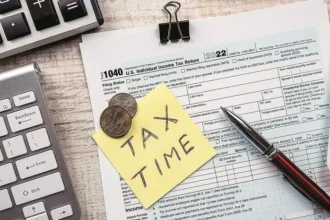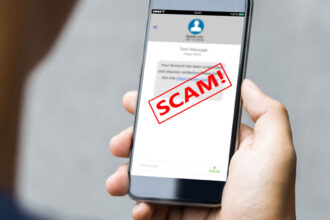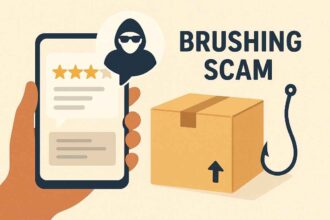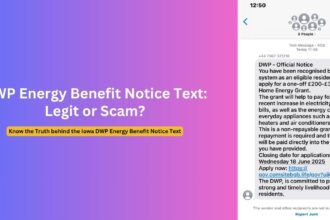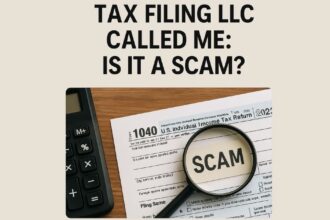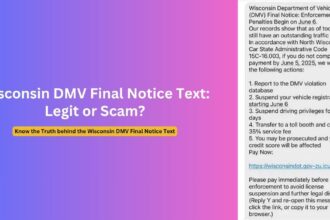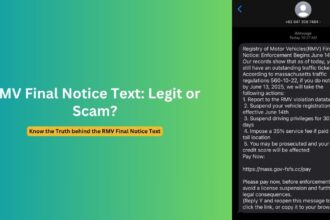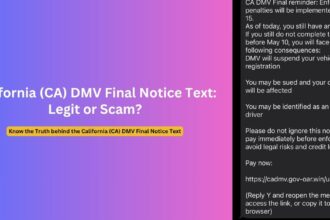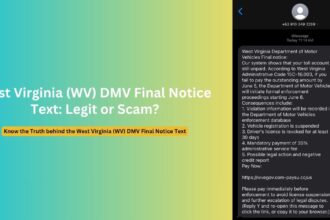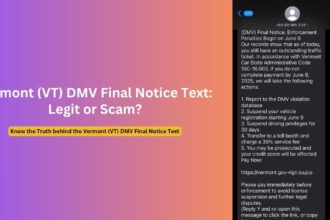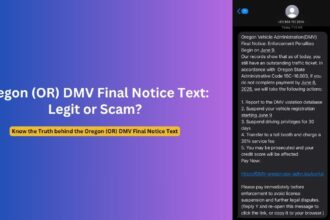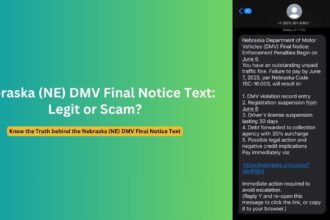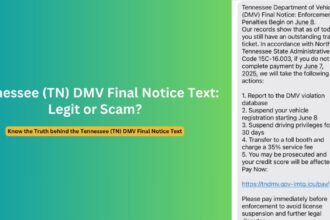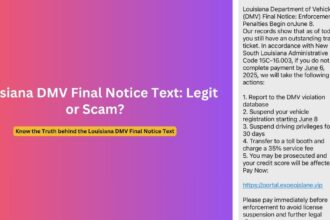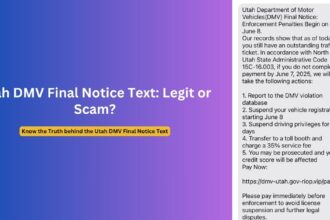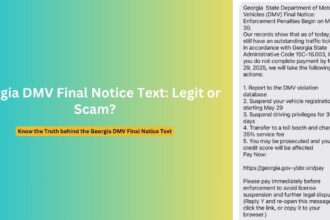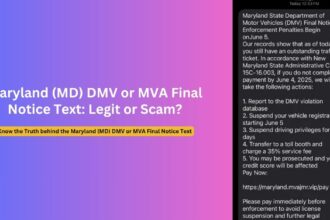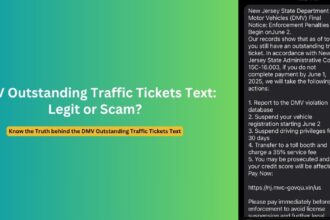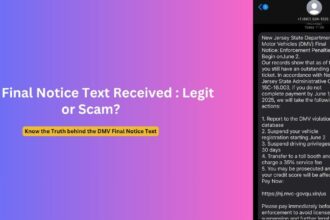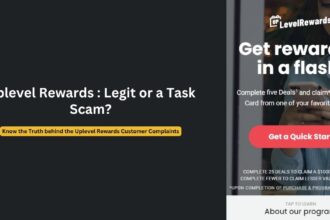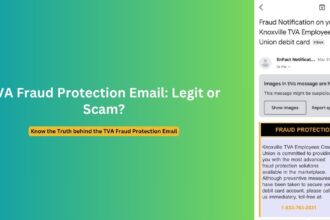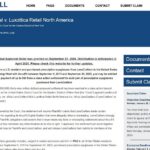As winter approaches, fraudsters are ramping up sophisticated schemes impersonating the Department for Work and Pensions, putting thousands at risk of financial harm.
In recent months, there has been an alarming increase in scam messages claiming to be from the Department for Work and Pensions (DWP), targeting vulnerable individuals across the UK with false promises of subsidy payments and winter fuel allowances. These sophisticated scams use urgency tactics, official-looking communications, and psychological manipulation to trick recipients into divulging personal and financial information.
How to Identify the Latest DWP Subsidy Payment Scams
The current wave of DWP scams follows a consistent pattern, with fraudsters posing as government officials offering financial assistance. The messages typically claim recipients have failed to apply for a subsidy or benefit—often mentioning specific amounts like £300—and must act quickly before an imminent deadline.
Security experts have identified several red flags that can help identify these fraudulent communications:
- Messages sent from mobile phone numbers rather than official government channels
- Incorrect formatting of “DWP” (such as “-D.W.P-” with hyphens and periods)
- Unprofessional language like “Greetings to you!” that doesn’t match formal government communication
- Group chat messages that include multiple recipients (violating privacy regulations)
- Suspicious shortened URLs (like goo.su or qrco.de) rather than official gov.uk domains
- References to non-existent government entities such as the “Subsidy Payment Centre”
- Artificial urgency with tight deadlines to pressure immediate action
“These scammers are deliberately targeting people during the cost-of-living crisis when many are desperately seeking financial support,” explains cybersecurity expert Dr. Helen Morrison. “They use psychological techniques that exploit both financial vulnerability and trust in government institutions.”
Overview of the DWP Phishing Attack
These scams typically begin with an unsolicited text message that appears legitimate at first glance. The message claims the recipient hasn’t applied for a government subsidy, winter fuel payment, or cost-of-living assistance. The fraudsters create a false deadline—often within 24 hours—and warn that failing to act will result in losing the payment.
A typical message notification might read:
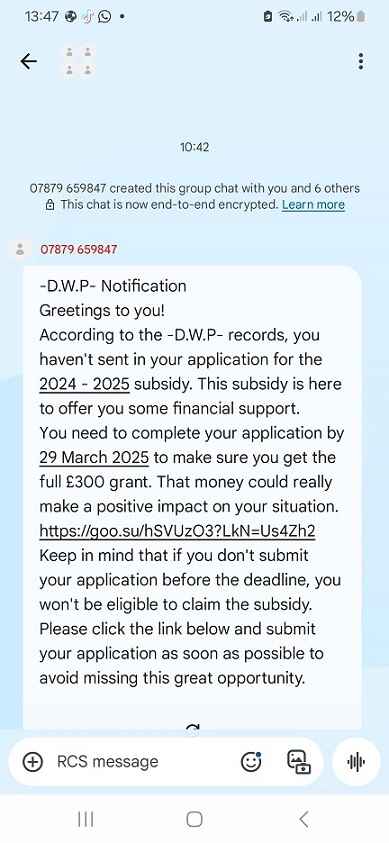
-D.W.P- Notification
Greetings to you!
According to the -D.W.P- records, you haven’t sent in your application for the 2024 – 2025 subsidy. This subsidy is here to offer you some financial support. You need to complete your application by [near date] 2025 to make sure you get the full £300 grant. That money could really make a positive impact on your situation. [Malicious Link] Keep in mind that if you don’t submit your application before the deadline, you won’t be eligible to claim the subsidy. Please click the link below and submit your application as soon as possible to avoid missing this great opportunity.
The message includes a shortened URL leading to a convincing but fraudulent website designed to mimic official government branding. Once on the site, victims are asked to provide extensive personal information, including:
- Full name and address
- Date of birth
- National Insurance number
- Bank account details
- Login credentials for online banking
Armed with this information, scammers can commit identity theft, drain bank accounts, apply for loans and credit cards, or sell the data to other criminal networks on the dark web.
Real-Life Impact: Victims Share Their Stories
Margaret Thompson, 73, from Leeds, nearly fell victim to one of these scams last month. “I received a text about my Winter Fuel Payment. It looked official, and I was worried about heating my home this winter. I clicked the link and started entering my details before something felt off,” she recounts.
Thompson’s suspicions were raised when the website asked for her online banking password. “That’s when I realized the DWP would never need that information. I closed the page immediately and called my son, who confirmed it was a scam.”
Others haven’t been as fortunate. Robert Jenkins, 68, from Cardiff, lost £2,700 after entering his details on a fake DWP website. “They emptied my account within hours,” he says. “I’m still fighting with my bank to get the money back, but it’s been a nightmare. These people have no conscience.”
The Critical Truth About Government Benefits
The most important fact that consumers need to understand is that legitimate Cost of Living payments and Winter Fuel Allowances do not require applications through text message links. Trading Standards and the DWP have consistently emphasized this point:
If you are eligible for government cost of living support:
- You will receive payments automatically
- They will arrive through the same payment method as your regular benefits
- You never need to “apply” by clicking links in texts or emails
- The DWP will never ask for your personal or banking details through these channels
The legitimate application processes for government benefits are clearly outlined on the official gov.uk website, and typically involve formal applications through secure government portals or paper forms sent via post.
How Scammers Stay Ahead of Authorities
These scams have proven difficult to shut down because the perpetrators employ sophisticated techniques to evade detection:
- Constantly changing phone numbers: Scammers use disposable SIM cards and regularly switch numbers to avoid being blocked by carriers.
- Dynamic phishing websites: Fraudulent websites may only remain active for hours before being taken down and replaced with new ones, making them difficult for authorities to track.
- Localized targeting: Some scams are tailored to specific regions, mentioning local councils or benefits particular to certain areas.
- Seasonal adaptation: Scammers adjust their tactics based on the time of year, focusing on winter fuel payments during colder months and other subsidies during different seasons.
- Data mining: Previous victims’ information is often used to make new scam attempts more convincing by including accurate personal details.
Security researcher James Wilson explains: “These aren’t opportunistic amateurs. Many of these scams are run by organized criminal networks with sophisticated infrastructure. They’re constantly evolving their tactics to stay one step ahead of awareness campaigns.”
Protecting Yourself from Fraudulent DWP Subsidy Payment Texts
As these scams continue to evolve, protecting yourself and vulnerable family members requires vigilance and education. Here are essential steps everyone should take:
Immediate Steps If You Receive a Suspicious Message:
- Do not click on any links in the message
- Do not reply to the message or call any numbers provided
- Forward suspicious texts to 7726 (the UK’s spam reporting service)
- Report suspicious emails to [email protected]
- If you’ve already clicked a link or provided information, contact your bank immediately
- Report the incident to Action Fraud at actionfraud.police.uk or by calling 0300 123 2040
Preventative Measures:
- Discuss these scams with elderly or vulnerable family members
- Help set up spam filters on their devices
- Remind them that legitimate government communications about benefits won’t come via text or email
- Establish a routine of checking the official gov.uk website for accurate benefit information
- Consider installing scam-blocking apps on smartphones of vulnerable individuals
“Family support is crucial in preventing these scams,” says Caroline Jenkins from Age UK. “Many older people aren’t familiar with these digital threats and may not recognize the warning signs. Regular conversations about potential scams can make all the difference.”
The Government and Industry Response
The growing prevalence of these scams has prompted responses from both government and the telecommunications industry. The National Cyber Security Centre (NCSC) has launched awareness campaigns specifically targeting benefit scams, while mobile network operators have strengthened their detection systems for suspicious mass messaging.
Recent initiatives include:
- Enhanced filtering of suspicious short links in text messages
- Cross-industry sharing of known scam phone numbers
- Improved response times in disabling reported scam websites
- Public information campaigns through traditional media to reach those most vulnerable
However, critics argue more needs to be done. Consumer advocacy groups have called for stronger penalties for scammers and improved coordination between government departments, law enforcement, and telecommunications companies.
Frequently Asked Questions (FAQ)
1. Is a DWP Notification Text Legit?
No, genuine DWP benefits notifications do not come via text message with links. If you are eligible for government cost of living support or other benefits, you will receive payments automatically through the same payment method as your regular benefits. You never need to “apply” by clicking links in texts or emails, and the DWP will never ask for your personal or banking details through these channels. All legitimate information about benefits can be found on the official gov.uk website.
2. What Are the Warning Signs of a DWP Scam Text?
Several red flags can help you identify fraudulent DWP communications:
- Messages sent from mobile phone numbers rather than official government channels
- Incorrect formatting of “DWP” (such as “-D.W.P-” with hyphens and periods)
- Unprofessional language like “Greetings to you!” that doesn’t match formal government communication
- Group chat messages that include multiple recipients (violating privacy regulations)
- Suspicious shortened URLs (like goo.su or qrco.de) rather than official gov.uk domains
- References to non-existent government entities such as the “Subsidy Payment Centre”
- Artificial urgency with tight deadlines to pressure immediate action
3. What Should I Do If I’ve Already Clicked a Scam Link?
If you’ve already clicked a link in a suspicious message or provided personal information, you should:
- Contact your bank immediately
- Report the incident to Action Fraud at actionfraud.gov.uk or by calling 0300 123 2040
- Change passwords for any accounts that may be compromised
- Monitor your credit report for any suspicious activity
4. How Can I Protect Vulnerable Family Members From These Scams?
To protect elderly or vulnerable family members:
- Discuss these scams with them regularly
- Help set up spam filters on their devices
- Remind them that legitimate government communications about benefits won’t come via text or email
- Establish a routine of checking the official gov.uk website for accurate benefit information
- Consider installing scam-blocking apps on their smartphones
5. How Do I Report a Suspicious DWP Text Message?
If you receive a suspicious message claiming to be from the DWP:
- Do not click on any links in the message
- Do not reply to the message or call any numbers provided
- Forward suspicious texts to 7726 (the UK’s spam reporting service)
- Report suspicious emails to [email protected]
Remember: The best protection against these scams is awareness and vigilance. When in doubt, always contact the DWP directly through the official channels listed on the gov.uk website.
Looking Ahead: The Future of Benefit Scams
Security experts predict these scams will continue to evolve, potentially incorporating more sophisticated technologies like deepfake voice calls or AI-generated personalized messages. As government benefits adapt to economic conditions, scammers will likely follow with new variants targeting whatever support programs are most in the public consciousness.
“The fundamental psychology behind these scams remains consistent,” notes Dr. Morrison. “They exploit financial need, create false urgency, and abuse trust in official institutions. Understanding these patterns is key to recognizing future scams, regardless of how the specific details evolve.”
The most effective defense remains educated vigilance. By staying informed about legitimate benefit processes and discussing potential scams openly with vulnerable family members, consumers can help reduce the impact of these predatory schemes.
For accurate information about government benefits and support, visit the official government website at www.gov.uk or contact the DWP directly through verified channels listed on their official site.
If you’ve been affected by a DWP scam, contact Action Fraud and your bank immediately. Support is also available through Citizens Advice and Age UK.

